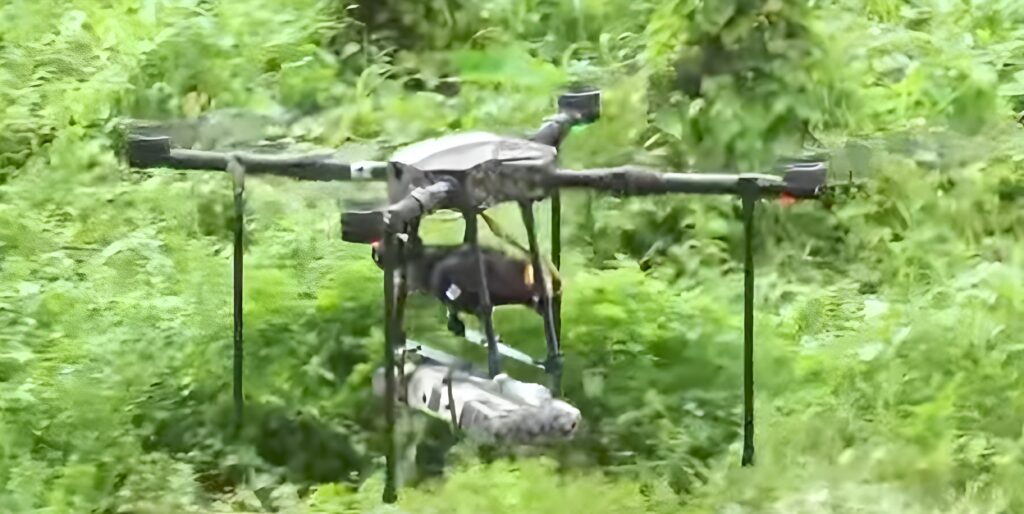
Drone can be seen which is part of the GPR system
Dharmasthala Crimes: SIT hires sophisticated GPR, tech used in Indo-Pak border
Bengaluru
The Special Investigation Team (SIT) has deployed Ground Penetrating Radar (GPR) to aid its investigation into the Dharmasthala mass burial case. The SIT began the exhumation operation on July 29 and has so far recovered skeletal remains of two individuals—one at the 6th location and another at 11(A), the 14th marked spot.
Sources in the Home Ministry told blrpost.com that, as the search for remains becomes increasingly difficult, the most sophisticated GPR technology has been provided. This is the same system used by the Border Security Force (BSF) along the India–Pakistan border to detect underground tunnels used for infiltration. The source stressed, “The same GPR technology will be used by the SIT.”
This news website was the first to report the possibility of the SIT using GPR. The device may now prove crucial in locating additional skeletal remains. The SIT has used the same at the 13th spot.
Also Read | Dharmasthala Crimes: SIT likely to use GPR technology to find skeletal remains
It should be noted that selecting the correct GPR frequency is essential for effective subsurface investigations. Lower frequencies, typically 50–200 MHz, can penetrate deeper—up to 10–15 meters under favorable soil conditions—but offer lower resolution, making it harder to detect small details. Higher frequencies, ranging from 400 MHz to 1.5 GHz, provide finer detail but are limited to shallow depths of about 1 meter.
Officials have not disclosed the radar frequency being used, but confirmed that the most advanced device has been deployed in the best interests of the investigation. The effectiveness of the GPR will only be clear after its use.
Donate for fearless journalism

